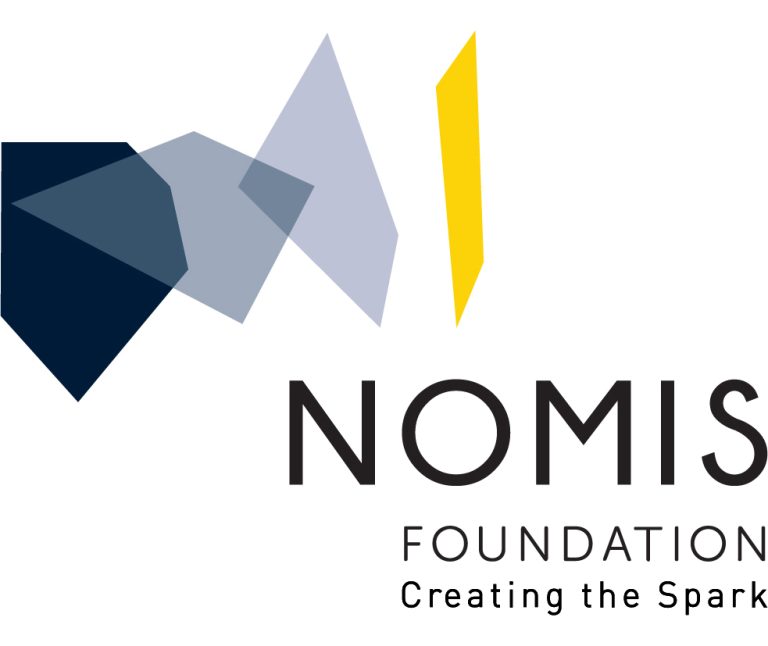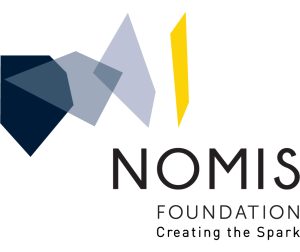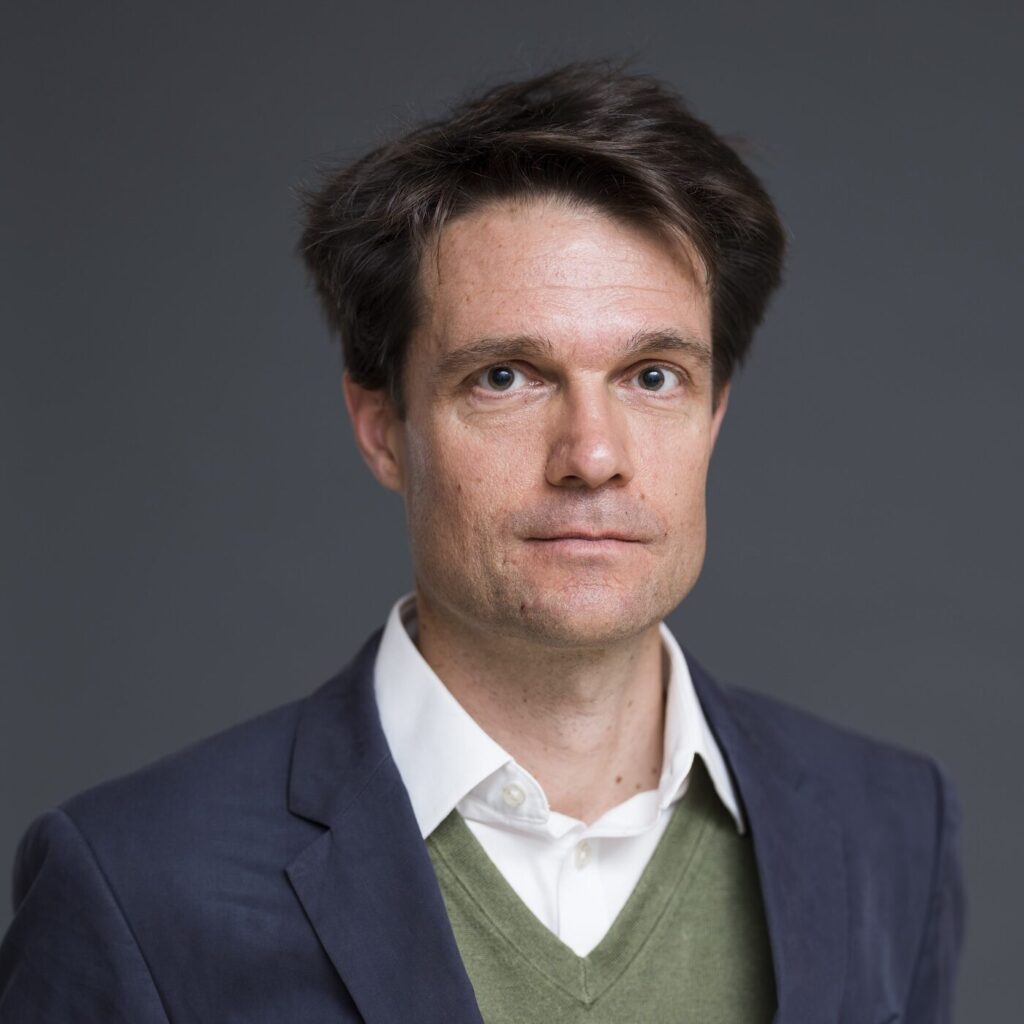The Question
Long before the advent of ChatGPT and other large language models (LLMs), the question arose: Can a black box think? The research project Assisted Thinking: A Deep History of Scholarly AI meets Alan Turing’s (1950) seminal challenge with the assumption that intelligence is distributed between humans and machines. It pursues two lines of inquiry: on the one hand, by writing the history of AI as a genealogy of thinking machines from the baroque to the present, and on the other hand, by using insights gained from this genealogy to critically examine the use of language in current LLMs. The project’s guiding questions probe assistance and creativity in intellectual work by examining the architecture, modes of interaction, and language use of both historical and current thinking machines with a genealogy from writing desks and scholarly devices since the baroque period to current LLMs. How does the architecture of those intellectual furnishings facilitate thought? How is language incorporated in the device? Finally, how can the usages of the (historical) machines be assessed while they produce both creativity and constraints?
The Assisted Thinking project also will explore other questions, including, what does this prehistory of LLMs look like? What are the key scenarios in this long trajectory of scholars’ interactions with their thinking aids? Who is involved in the deeper history of artificial intelligence, reaching back far beyond the famous Dartmouth conference in 1956, when the term “artificial intelligence” was coined?
The Approach

Following critical AI studies with a media historical perspective, the core concept of “assistance” takes the agential relationship between human and AI to be an unequal but distributed phenomenon, circumventing the discourse of the machinic replacement of human beings. The assisting device acts as a moderator and facilitator of human ideas and knowledge production, and it is aimed at creativity, understood here as the productive outcome of a shared interaction rather than as the characteristic of a single participant.
Two foci elucidate these concepts from different historical and conceptual angles. While the “Deep History of AI” investigates the assistive function of “intellectual furnishings” like desks and writing cabinets from the baroque to the present, the focus on prompts as the interface between human and machine examines the change of language use while becoming both a medium of assistance and an agent in the creative interaction with the technology.
The Assisted Thinking project is being led by Markus Krajewski at the University of Basel (Switzerland).



